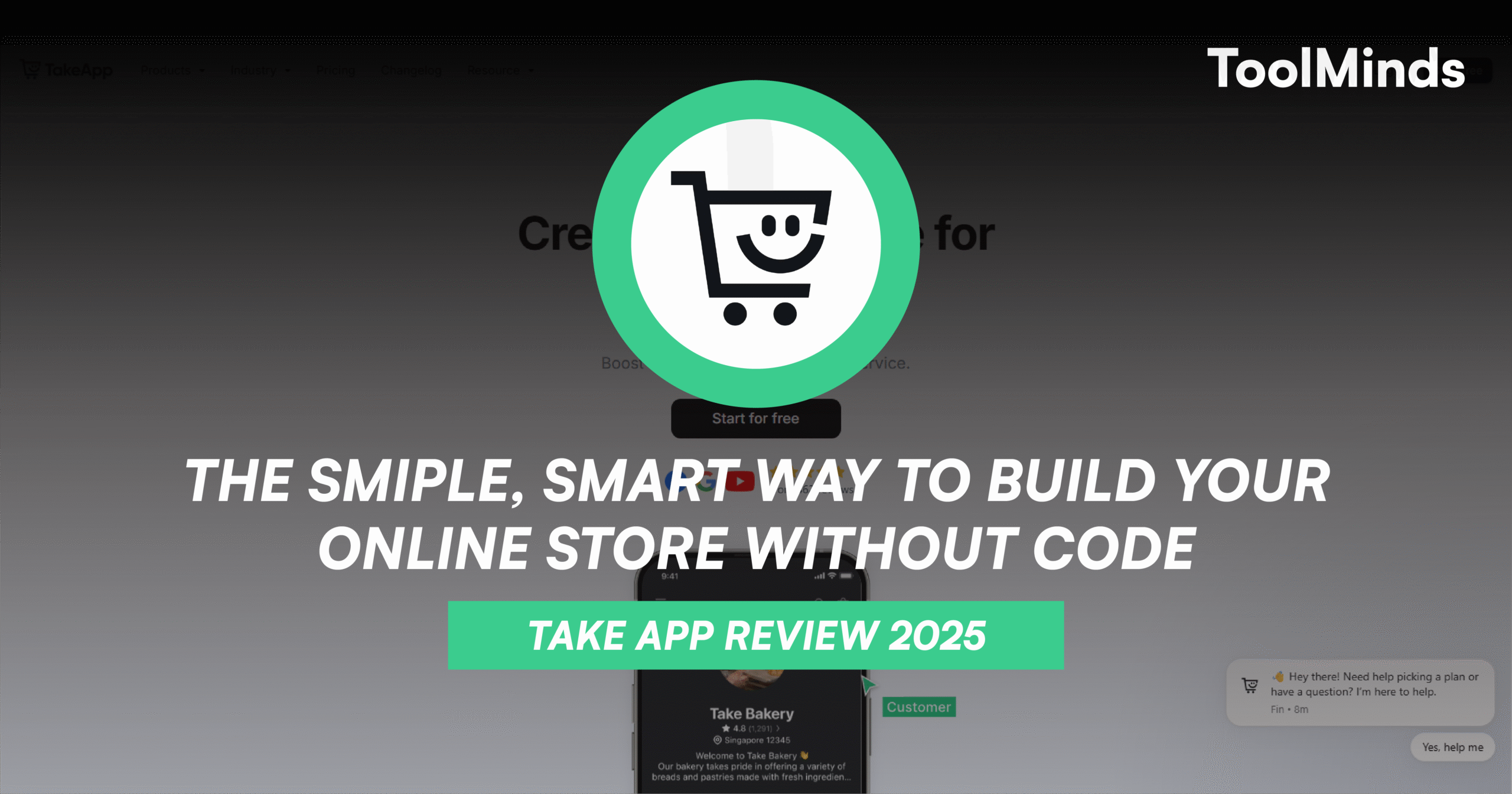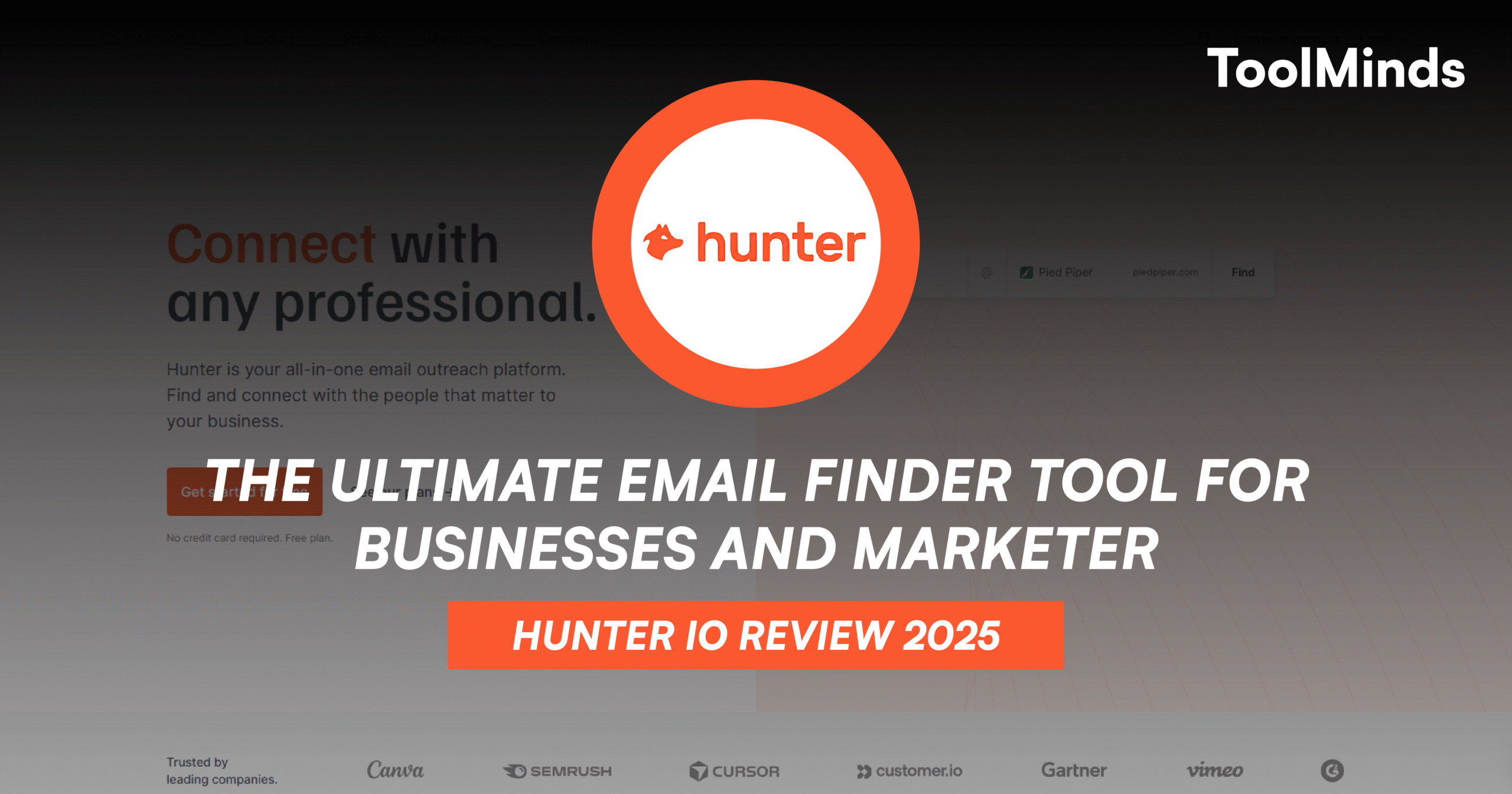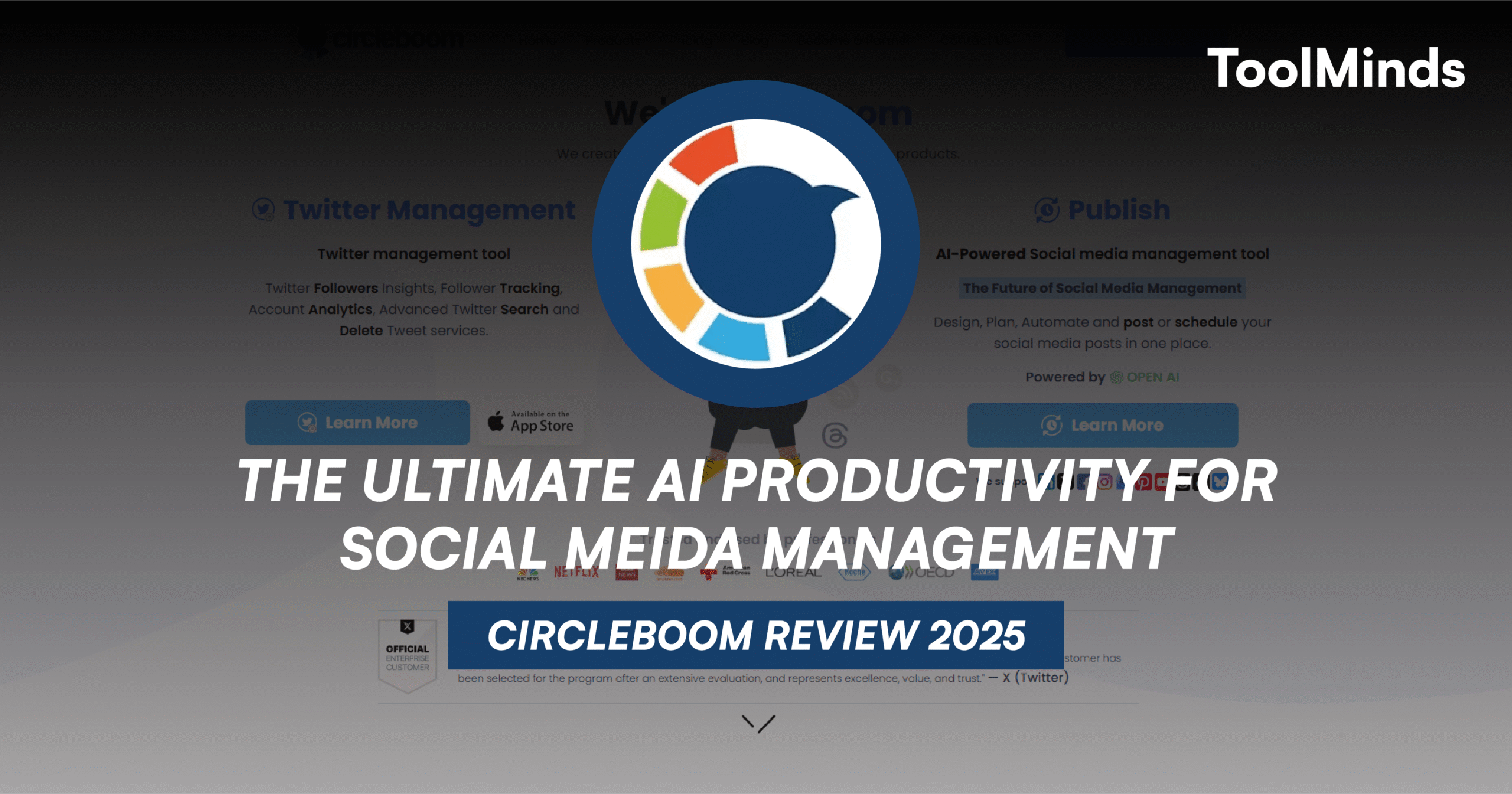For years, language acquisition has been stuck in the tedious loop of textbooks, flashcards, and grammar drills. We all know the feeling: you spend months mastering conjugation, only to freeze when a native speaker asks a simple question. The fundamental problem is a lack of real-world, engaging context. We consume language in sterile environments, completely disconnected from the emotional and narrative anchors that make it stick.
This is where next-generation AI productivity tools in 2025 are stepping in to revolutionize the learning landscape. Forget passive viewing or repetitive rote memorization. We are entering an era where technology personalizes and gamifies immersion. I’ve personally explored dozens of tools claiming to bridge the gap between classroom knowledge and practical fluency, but one platform truly stands out for its elegant simplicity and powerful integration: Puzzle Movies. This comprehensive Puzzle Movies review is designed to give potential users, especially those invested in the power of SaaS and AI, a deep, honest look at why this tool deserves a spot in your learning toolkit, and why it might just be the most effective way to learn English today.
Overview of Puzzle Movies: The Future of Contextual Learning
At its core, Puzzle Movies is a Software as a Service (SaaS) platform built on the philosophy that the fastest way to achieve fluency is through authentic, high-context immersion. It transforms passive entertainment—movies, TV series, and YouTube videos—into active, structured language lessons. It’s not simply a movie player with dual subtitles; it’s a sophisticated learning environment that seamlessly integrates a content library with powerful AI-driven analysis tools.
The technology underpinning Puzzle Movies is what elevates it beyond standard streaming services. It leverages smart algorithms to analyze subtitle text, categorize vocabulary based on frequency and difficulty, and present interactive elements right on the screen. This technological fusion targets the two biggest challenges in language learning: maintaining high motivation and ensuring effective retention. By making the content you want to watch the source of your learning, Puzzle Movies eliminates the boredom factor while its spaced repetition system (SRS) ensures the new vocabulary you acquire is not lost.
The platform is meticulously designed for learners who recognize that true fluency is less about grammar rules and more about the instantaneous, contextual understanding of native speech. It’s the ultimate antidote to the traditional, academic approach, repositioning language learning as an enjoyable, binge-worthy pursuit rather than a classroom chore.

Key Features & Benefits: Why Puzzle Movies is One of the Best AI Tools for Language Learning
When evaluating any SaaS solution, the value lies in its features and how they translate into tangible user benefits. Puzzle Movies boasts a set of tools that truly differentiate it, confirming its status as one of the best AI tools for language learning currently available. Having used the platform extensively, I find these four features to be game-changers:
Interactive Subtitles and Dual-Language Display
The main draw of the platform is its groundbreaking subtitle system. You can view subtitles simultaneously in the target language (e.g., English) and your native language (e.g., Vietnamese). Critically, these aren’t just static lines of text. When you encounter a word or phrase you don’t know, a single click or tap pauses the video and instantly brings up a contextual translation and dictionary definition.
Benefit: This eliminates the need to constantly switch between your video, a separate dictionary app, and a note-taking tool. The disruption to your viewing flow is minimized, which keeps your engagement high and ensures that vocabulary is always learned in context. This immediate feedback mechanism reinforces learning precisely when the brain is most receptive to new information.
The Smart Dictionary and Vocabulary Collector
Every word you click on is automatically analyzed by the platform’s smart dictionary. It doesn’t just provide a single definition; it often shows the word’s usage frequency, various meanings, and even suggests similar phrases. More importantly, every word you look up is instantly saved to your personal Vocabulary Collection.
Benefit: This is the core engine for personalized learning. The AI-driven system tracks your known and unknown words. By collecting words in this automated fashion, you build a custom curriculum based on the content you are genuinely interested in. This high degree of personalization is a hallmark of truly effective AI productivity tools in 2025.
Adaptive Vocabulary Trainer and Spaced Repetition
The saved words in your collection are not just passive lists. They are fed into the Vocabulary Trainer, which utilizes a Spaced Repetition System (SRS). This AI-powered algorithm determines the optimal time to quiz you on a specific word, maximizing long-term retention and minimizing the time spent on words you already know well.
Benefit: Retention is the ultimate metric in language learning, and SRS is scientifically proven to be the most effective method. The trainer transforms your passive exposure (watching movies) into active recall (quizzing). The different quiz formats—including typing, listening comprehension, and matching—ensure that you master the word not just visually, but aurally and physically as well. This feature makes the platform a powerful, self-correcting study companion.
Extensive and Diverse Content Library
A learning tool is only as good as the content it delivers. Puzzle Movies offers a vast, constantly updated library of popular movies, current TV series, documentaries, and selected educational content. This diversity ensures that learners are exposed to a wide range of accents, dialects, and speaking speeds.
Benefit: Learners can choose content based on their personal interests, ensuring motivation remains consistently high. Furthermore, by engaging with authentic media, users are exposed to real, conversational language, slang, and cultural context that textbooks simply cannot provide. You learn the language as it is actually spoken, a vital step toward practical fluency.

Ideal Users / Use Cases: Who Benefits Most from This AI Tool?
The comprehensive nature of Puzzle Movies means it caters to a wide spectrum of users, but it is particularly transformative for a few key demographics. If you fit one of these profiles, you should seriously consider adding this to your language-learning regimen:
Intermediate Language Learners (B1-B2)
This is the sweet spot for the platform. Learners at the intermediate level often feel stuck, possessing good grammar but struggling to understand native speakers at speed. Puzzle Movies provides the perfect environment to move from understanding individual words to understanding full conversational flow and idiom usage. The dual-subtitle system offers the necessary scaffolded support without allowing the learner to become overly reliant on their native tongue.
Visual and Auditory Learners
If you learn best by seeing and hearing words used in dynamic situations, this tool is ideal. Watching a scene where a character says, “That’s a tough pill to swallow,” while simultaneously seeing the definition, creates a stronger memory anchor than reading the phrase in an isolated list. The combination of visual media and clear audio tracks maximizes sensory input.
Binge-Watchers and Entertainment Enthusiasts
For people who love TV and film, Puzzle Movies transforms a leisure activity into a productive one. Instead of feeling guilty about spending hours on Netflix, you are now actively improving your language skills with the same content. It is the perfect marriage of pleasure and productivity, making it one of the most enjoyable AI productivity tools in 2025.
Users Preparing for Real-World Immersion or Exams
Anyone planning to travel, work, or study abroad will find the platform invaluable. Exposure to authentic accents and rapid conversational speech—which is abundant in the Puzzle Movies library—is essential preparation for real-world interactions. Furthermore, the vocabulary training feature is excellent for boosting vocabulary scores needed for exams like the TOEFL or IELTS.
How It Works: My Step-by-Step Experience with Puzzle Movies
My personal experience with Puzzle Movies was surprisingly intuitive, given the complexity of the features under the hood. The platform manages to make powerful technology feel effortless to use. Here is a breakdown of the typical user journey:
Step 1: Account Setup and Content Selection
After setting up my account (and confirming my subscription via the preferred affiliate link), the initial process was straightforward. The clean, modern interface immediately presented various content categories. I chose a contemporary drama series, allowing me to focus on modern, everyday conversational English. The ability to filter content by level (Beginner, Intermediate, Advanced) and genre (Comedy, Sci-Fi, etc.) made selection effortless.
Step 2: The Interactive Viewing Session
The core of the experience begins when you hit play. I set the display to English and Vietnamese dual subtitles. As the scene played, I immediately noticed an unfamiliar idiomatic expression. I paused the video by simply clicking the word “pull,” which was part of the phrase “pulling my leg.” Instantly, a small pop-up appeared showing the definition, part of speech, and a clear explanation of the idiom.
Crucially, the platform automatically saved “pulling my leg” to my collection. I didn’t have to manually copy, paste, or type anything; the AI recognized it as a potential learning item and stored it instantly. This level of friction reduction is paramount in a successful SaaS product.
Step 3: Engaging with the Vocabulary Trainer
After about an hour of watching, I navigated to the Vocabulary Trainer section. The saved words were organized into different review sessions. The system prompted me to review words from the movie I just watched, leveraging the power of SRS. First, I was presented with a matching exercise, pairing the English word with its native translation. Then, it moved to a typing test, forcing me to recall the word based on a definition.
The most valuable part was the “Context Review” feature, where the platform showed me the exact movie clip where the word was used. This instant connection to the original source material solidified the meaning and usage far more effectively than any flashcard.
Step 4: Tracking Progress and Expanding Vocabulary
The Progress Dashboard provided a visual representation of my learning. It showed my “Active Vocabulary” size, the number of new words added that week, and my retention rate. This gamified tracking provided a strong motivational boost. The system also began to suggest other movies or series based on the vocabulary overlap with the content I had already consumed, effectively guiding my curriculum and ensuring continuous exposure to my target words. The entire process confirmed that Puzzle Movies is truly among the best AI tools for vocabulary expansion.
Pricing: Is Puzzle Movies Worth the Investment?
When considering any SaaS solution, the pricing model must align with the value delivered. Puzzle Movies operates on a standard subscription model, offering tiered access that reflects the depth of content and feature usage. While specific pricing can vary based on location and current promotions, the general structure offers a high return on investment (ROI) for serious learners.
The platform typically offers a freemium or trial version, which is excellent for potential users to test the core features, such as the interactive subtitles, with a limited content library. This is a smart approach, allowing you to experience the quality firsthand before committing.
The Premium subscription, which unlocks the full content library, the unlimited Vocabulary Trainer (the SRS feature), and advanced language settings, is where the true value lies. Compared to traditional language classes or expensive tutoring, a year’s subscription to Puzzle Movies is highly cost-effective. Given that the tool acts as a movie player, dictionary, flashcard app, and personal tutor all in one, the combined value proposition for a single subscription fee is substantial. For anyone serious about reaching fluency through immersion, the price is easily justified by the sheer volume of high-quality, interactive learning hours you gain.

Pros & Cons: An Honest Assessment of the Platform
In my role as a professional reviewer of AI productivity tools in 2025, transparency is key. No product is perfect, and a fair assessment requires weighing both strengths and weaknesses. Overall, the Pros significantly outweigh the Cons, especially for its target audience.
The Strengths of Puzzle Movies
The most significant advantage of Puzzle Movies is its unparalleled engagement factor. It transforms the inherently passive act of watching a movie into an active, focused learning session. The seamless, one-click dictionary lookup ensures that the friction of learning is drastically reduced, which is the single biggest factor in user retention and consistent usage. Furthermore, the reliance on authentic, unscripted conversational content exposes learners to natural speech rhythms, speed, and real-world cultural context that structured academic materials often miss. The AI-driven Spaced Repetition System integrated directly with the content you watch is highly effective for long-term retention, making it a powerful tool for vocabulary building and a clear leader in the best AI tools for vocabulary acquisition. Finally, the affordability of the premium subscription, when measured against the equivalent hours of private tutoring or formal coursework, makes it an exceptionally high-value proposition for serious, self-directed learners.
The Limitations of Puzzle Movies
While robust, the platform does present a few minor drawbacks. Firstly, while the content library is extensive, it is ultimately limited by licensing agreements. Therefore, you may not find every single movie or TV show title that you want, which can occasionally frustrate dedicated binge-watchers. Secondly, the initial setup—understanding how to best utilize the trainer, navigating the settings, and establishing your optimal viewing workflow—might present a slight learning curve for users unfamiliar with AI-driven learning interfaces. Most importantly, while it is excellent for B1-level learners and above, absolute beginners (A1-A2) may find the rapid pace of native speech and the sheer volume of unknown vocabulary overwhelming. For complete novices, a more structured introductory course may be necessary before fully leveraging the powerful immersion environment that Puzzle Movies provides.
FAQs: Common Questions About Puzzle Movies
Potential users often have specific questions before committing to a new SaaS subscription. Based on common queries found in forums and search engine data for “Puzzle Movies review,” here are answers to the most frequent concerns:
Q1: How is Puzzle Movies better than just watching Netflix with subtitles?
The difference is functionality. Watching Netflix with subtitles is passive exposure. Puzzle Movies provides active interaction. When you encounter an unknown word on Netflix, you have to manually pause, open a separate dictionary app, type the word, find the correct contextual meaning, and then manually record it for later review. Puzzle Movies automates this entire process: one click pauses, translates in context, and automatically saves the word to an AI-driven review system (SRS). This automation is key to making the learning stick and minimizing study friction.
Q2: Is the platform limited to learning English?
While the platform is primarily renowned for its robust English learning features, it consistently expands its support for other major languages. The underlying technology is designed to analyze and process subtitles and create vocabulary trainers for various languages. Users should check the platform’s current language availability, but its core function as a contextual immersion tool remains relevant across different target languages.
Q3: Do I need strong internet to use Puzzle Movies effectively?
Yes, a stable, high-speed internet connection is highly recommended. The platform streams high-quality video content and simultaneously processes real-time, interactive subtitle data, including instant dictionary lookups. While the platform optimizes performance, interruptions can severely disrupt the immersive learning flow. A reliable connection ensures the seamless experience that the interactive subtitles are designed to deliver.
Q4: Is Puzzle Movies a substitute for a human teacher or grammar textbook?
No, it is a powerful supplement and accelerator, not a complete replacement. Puzzle Movies excels at vocabulary acquisition, listening comprehension, and contextual fluency. It will teach you how native speakers talk. However, for a deep, systematic understanding of complex grammar rules and explicit error correction, traditional methods like dedicated textbooks or a human tutor are still valuable. The best results are achieved by using Puzzle Movies to acquire contextual vocabulary and practicing grammar rules elsewhere.
Q5: Is this really an AI tool, or just an enhanced media player?
This is a valid question for many AI productivity tools in 2025. Puzzle Movies is genuinely AI-enhanced. The AI is responsible for the adaptive elements: analyzing subtitle frequency lists to prioritize the most important words, creating the personalized, spaced-repetition quiz schedule, and sometimes even identifying and isolating complex idiomatic expressions for easier learning. These features go far beyond simple media playback and are the reason why it stands out in this Puzzle Movies review.
Conclusion & Call-to-Action: Stop Studying, Start Immersion
The quest for language fluency often feels like an insurmountable challenge, split between boring academic study and frustrating, fast-paced real-world consumption. Puzzle Movies offers the definitive solution, using intelligent SaaS design and powerful AI to merge high-quality entertainment with highly effective learning. It is the tool I would recommend to anyone serious about breaking the intermediate barrier and finally achieving conversational fluency in English.
If your learning strategy feels outdated, passive, or simply ineffective, it’s time to embrace the future of contextual immersion. Stop wasting hours with flashcards that don’t stick and start leveraging the power of binge-watching to build real, usable vocabulary.
Ready to transform your favorite movies into your personal language classroom? Click through now to check out the content library and start your free trial. By signing up today , you can take the first step towards making language learning an enjoyable, effective, and fully automated part of your life. Don’t just watch movies—master the language they speak!



